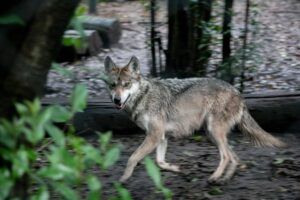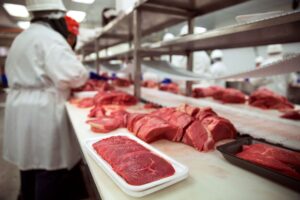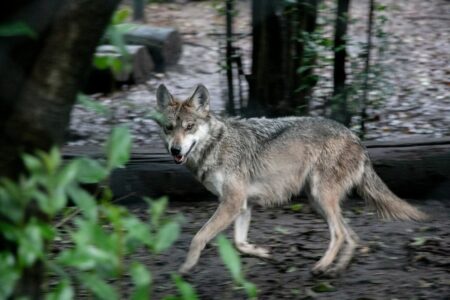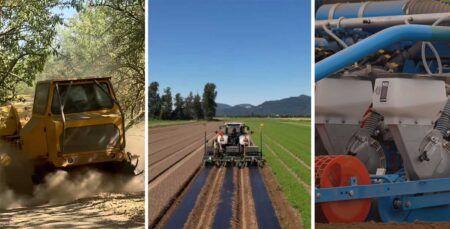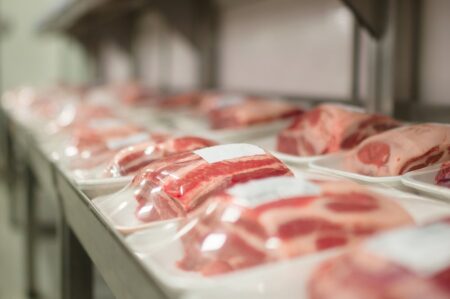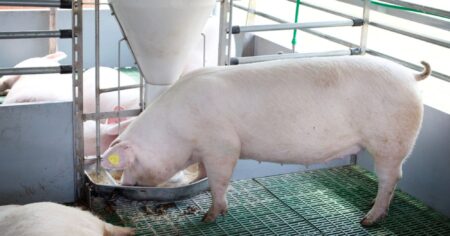For many, September was the final push before harvest. Across the Corn Belt, crops reached maturity rapidly due to several factors.
In Minnesota, Syngenta Crop Protection agronomic service representative Tim Dahl described September as expedited.
“The warm weather, high disease pressure, and accumulated heat units throughout the growing season have brought the corn crop to maturity and dried it down very quickly,” Dahl said.
Jared Goplen, a Wyffels agronomy manager supporting northwest Iowa, southern Minnesota, and eastern South Dakota, described the crop as being “pushed” during September.
“Whether the crop was pushed from disease or from the hot weather, it had a fast finish and very rapid drydown,” Goplen said.
Agronomists shared one word to describe September. Here’s a look at the top three:
Disease
In Nebraska, Syngenta agronomic service representative Travis Gustafson said he saw disease separate the haves and have-nots.
“September was a month that showed where the good acres were and where the bad ones were,” Gustafson said. “There was a lot of disease across Nebraska, whether it was tar spot or southern rust, and the acres that got taken care of with fungicide applications were really showing up well in September.”
Disease was also the dominant theme for September for Illinois Wyffels agronomy manager Ryan Gentle.
“It caused premature death in several fields and dramatic yield loss,” Gentle said.
He said he saw a 20–40-bushel-per-acre difference from fields that were sprayed with fungicide.
In Wisconsin, Syngenta agronomic service representative Nick Groth said he experienced warm temperatures for most of the month, highlighting the cost of disease.
“The warm weather resulted in rapid crop development, and as the crop developed, the disease pressure the crop was facing became really evident,” Groth said. “In many cases, cornfields that did not receive a fungicide went from green to brown in a matter of days. Tar spot, southern rust, and northern corn leaf blight all played a major role in the rapid death of many cornfields.”
Doug Houser, the digital agriculture extension specialist for Iowa State University Extension and Outreach, shared in an Integrated Crop Management News article that while these diseases have dinged yield potential, they’ll also create challenges during harvest.
“The key this fall is to make the right adjustments in the cab so you protect grain quality, manage residue, and avoid problems that will carry into spring,” Houser said. “Harvesting in a year with heavy southern rust and other leaf diseases requires more fine-tuning than a ‘normal’ year. Slowing down, checking losses, and adjusting settings for grain quality and residue distribution are the most important steps you can take.”
Houser reminded farmers that every adjustment you make now not only protects this year’s yield but also sets the table for next spring’s planting conditions.
Drought
Drought was another significant factor during September.
Phil Krieg, Syngenta’s agronomy service representative in southern Illinois and southwest Indiana, shared that there was no rain of significance to help the crop finish out.
“Kernel size shrank in corn and soybeans, and continued abortion of kernels,” Krieg said.
In Nebraska, Gustafson shared that the drought was also a major constraint.
“Water became an issue as well with dryland pivot corners senescing earlier than the rest of the field,” he said.
Heat
And finally, heat pushed the crop over the edge.
In Iowa, Wyffels agronomy manager Eric Wilson, described September as hot. He shared that it was unseasonably warm and very dry.
Across the Corn Belt, September’s combination of heat, drought, and disease created a rapid finish to the growing season — setting the stage for a busy October.


